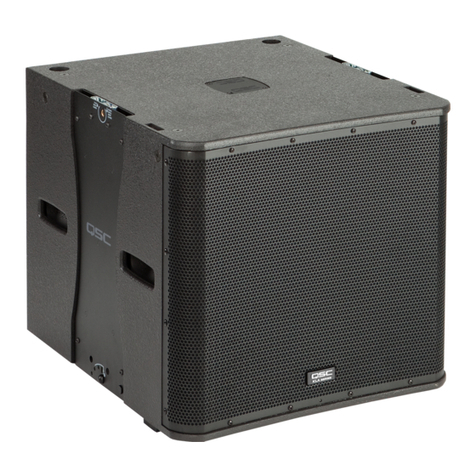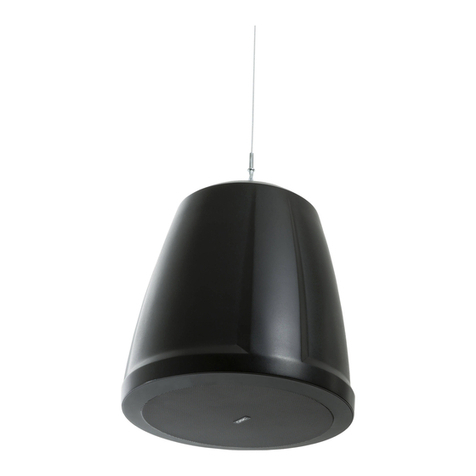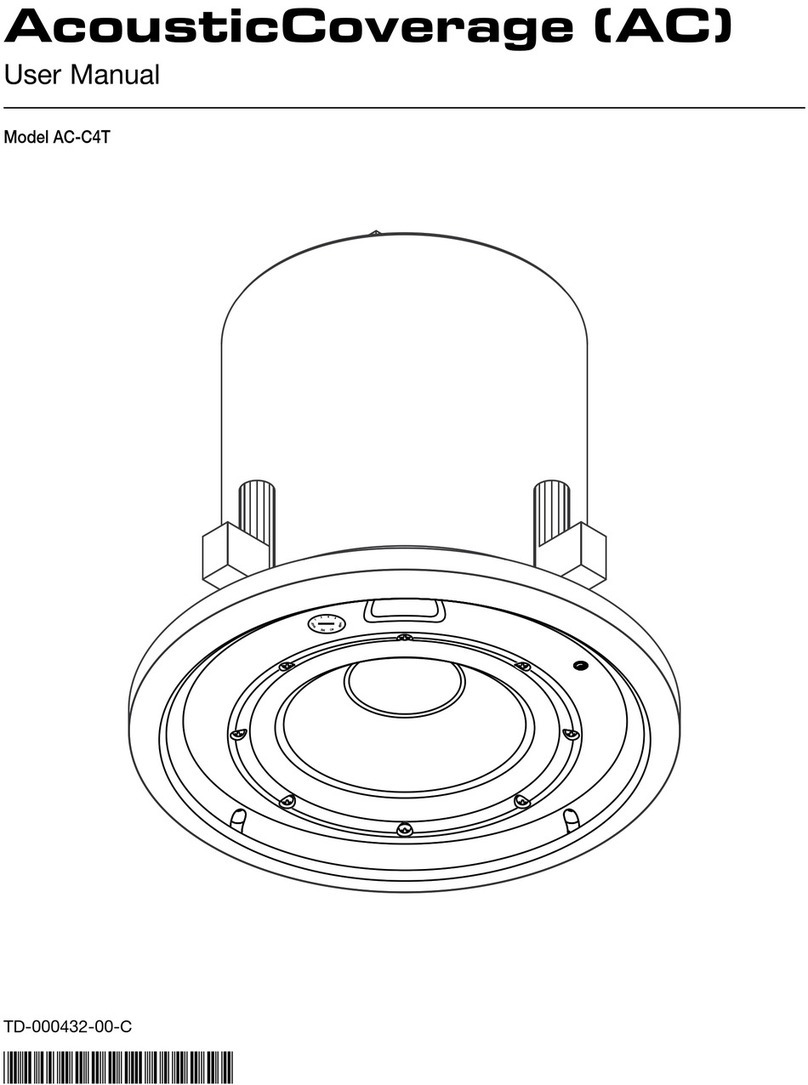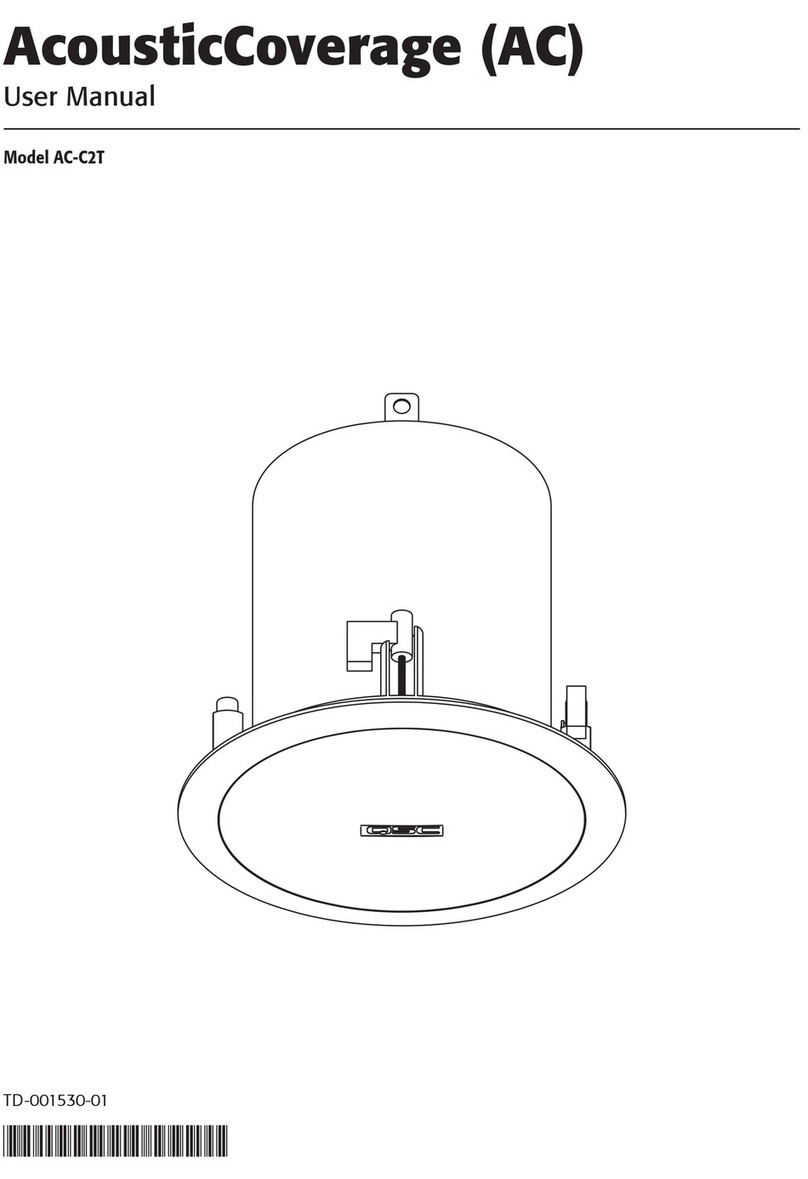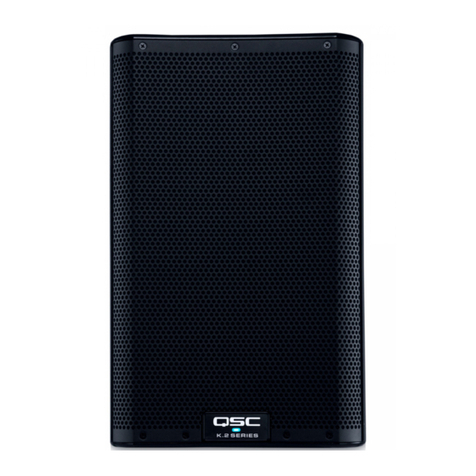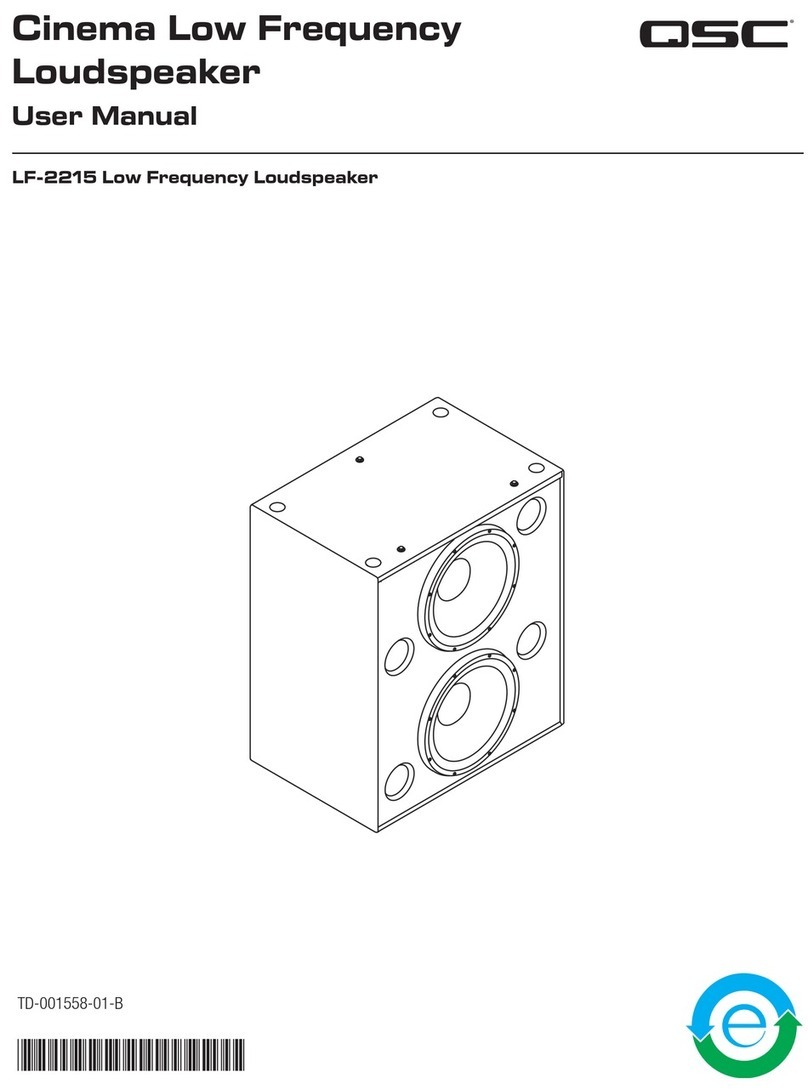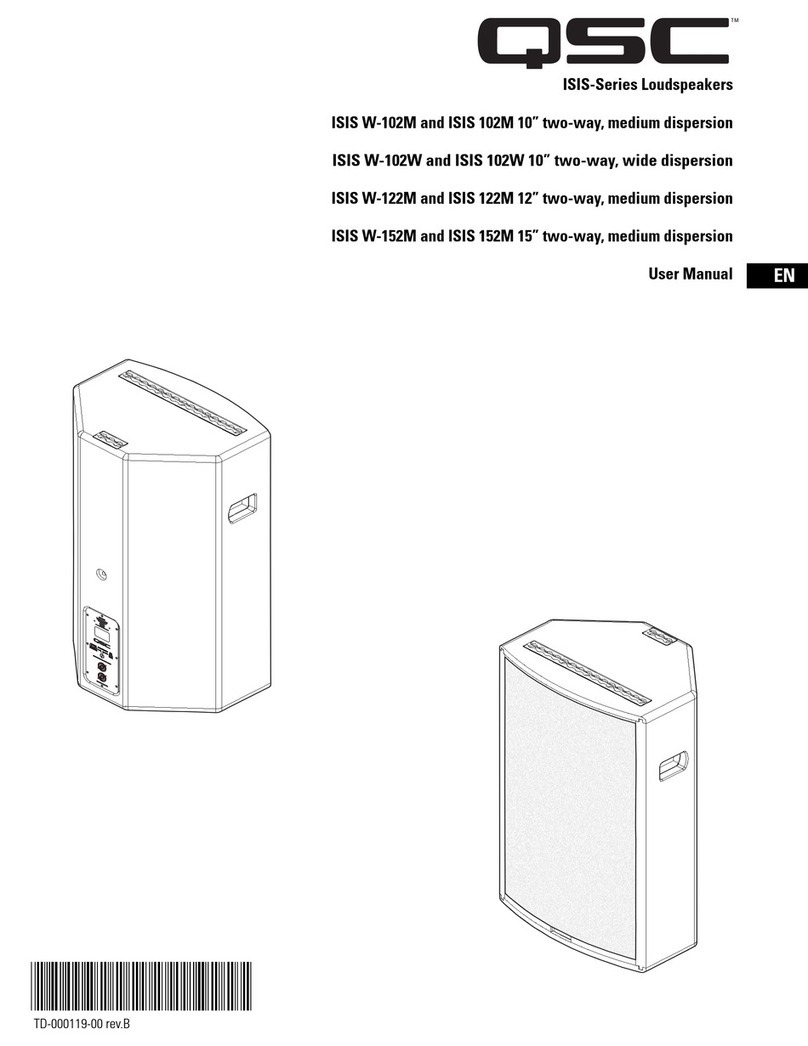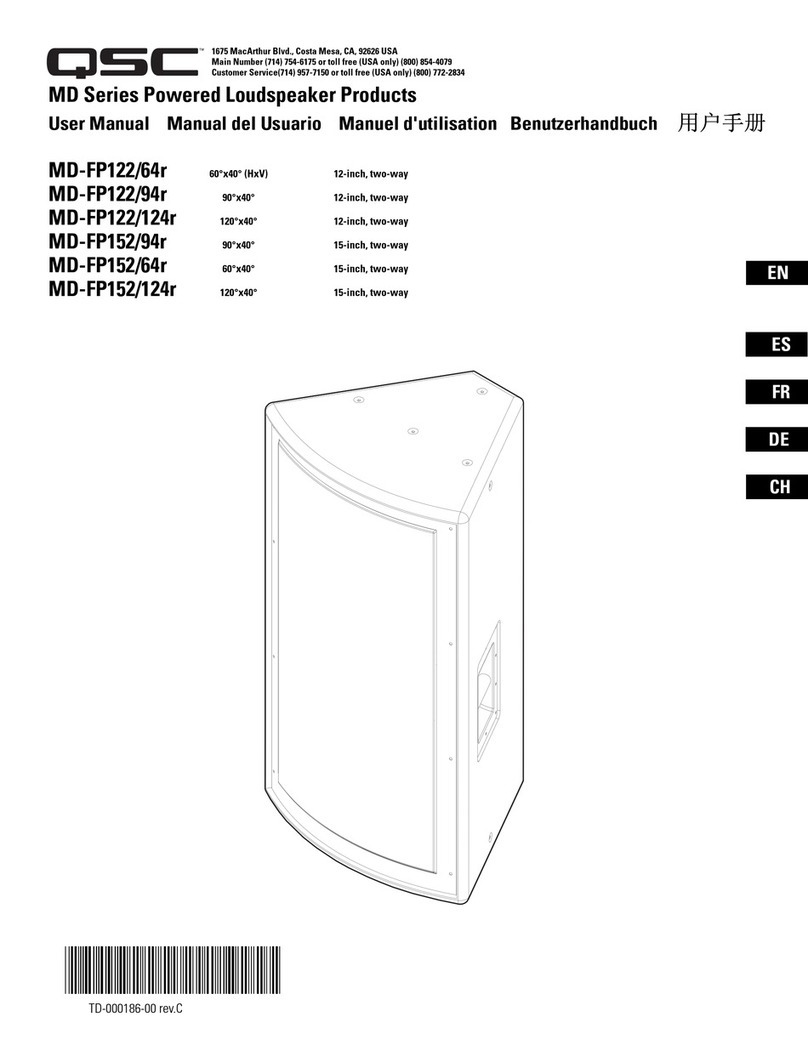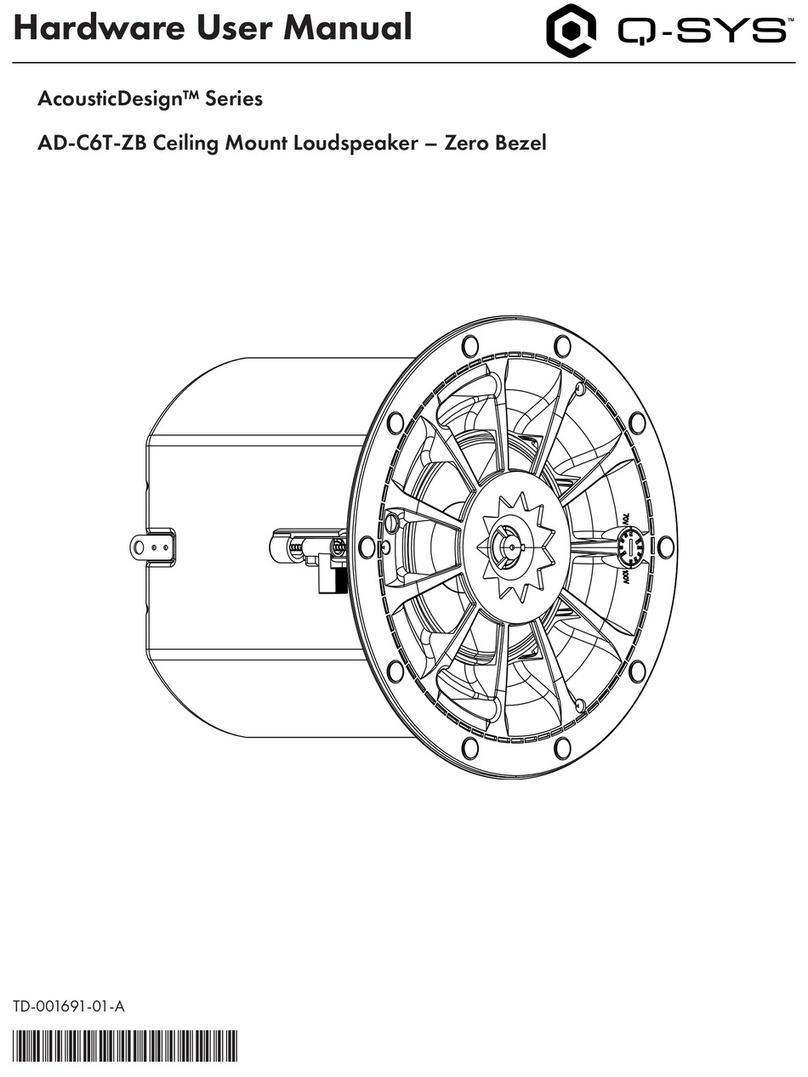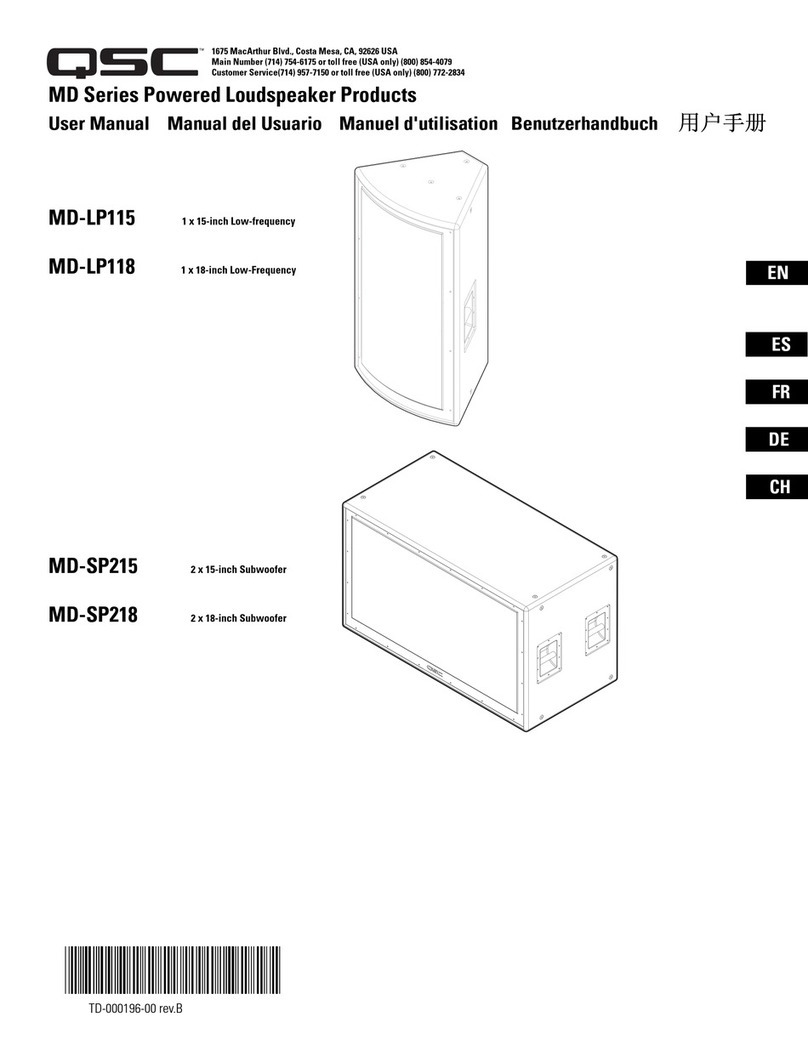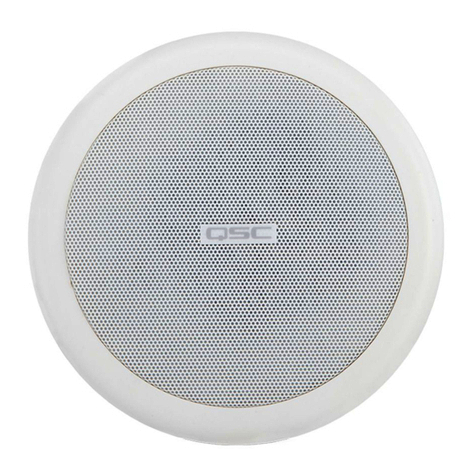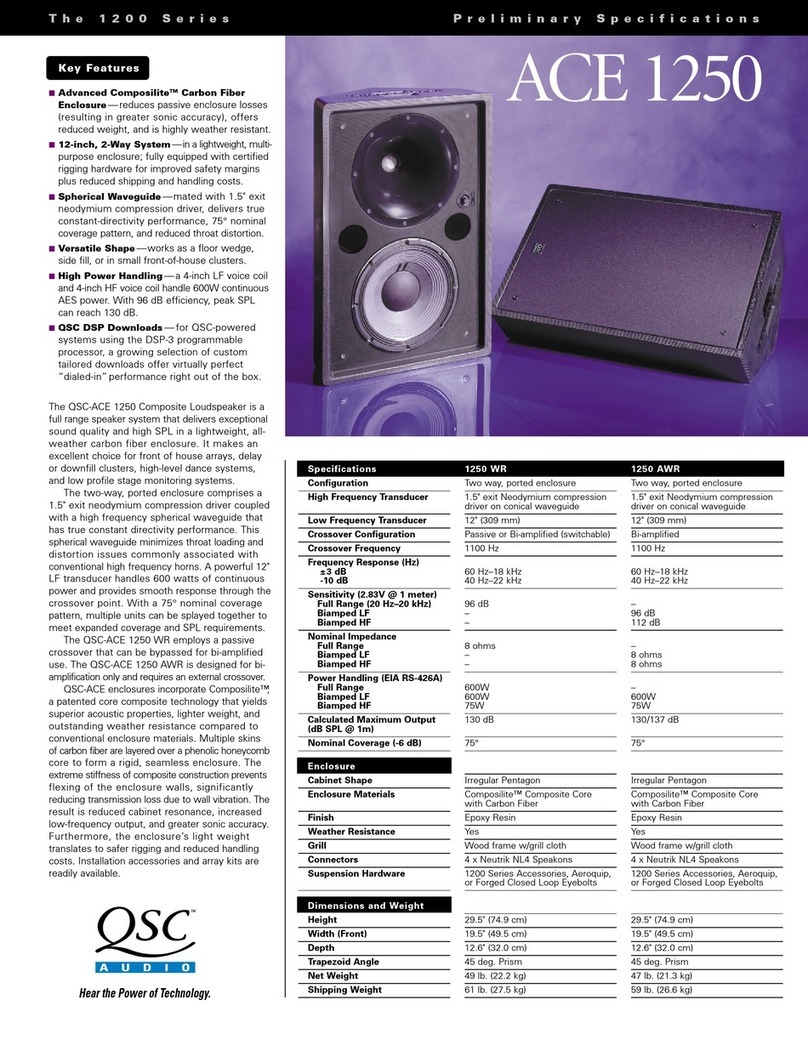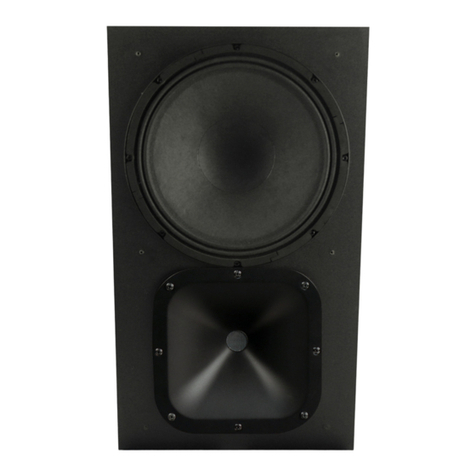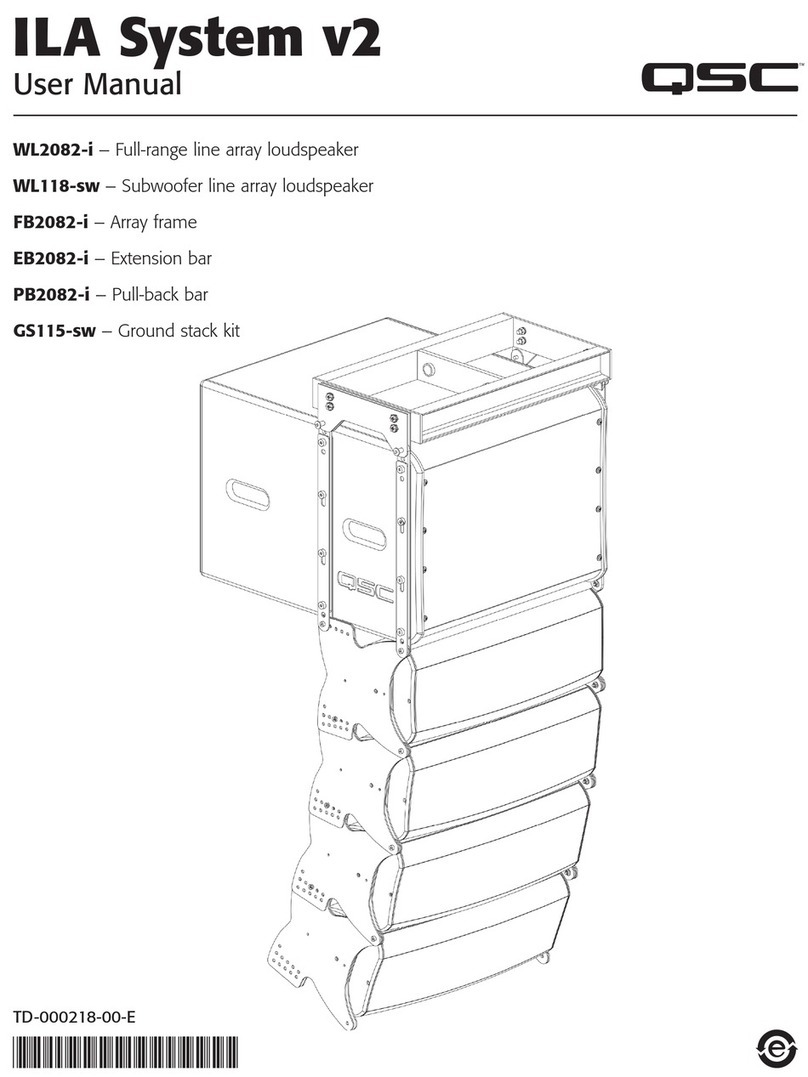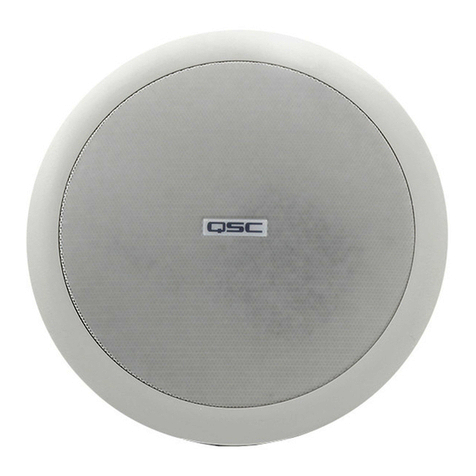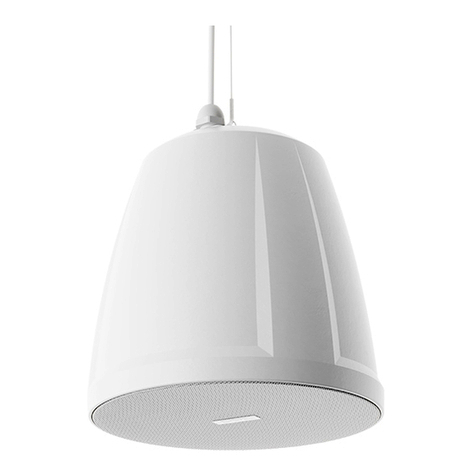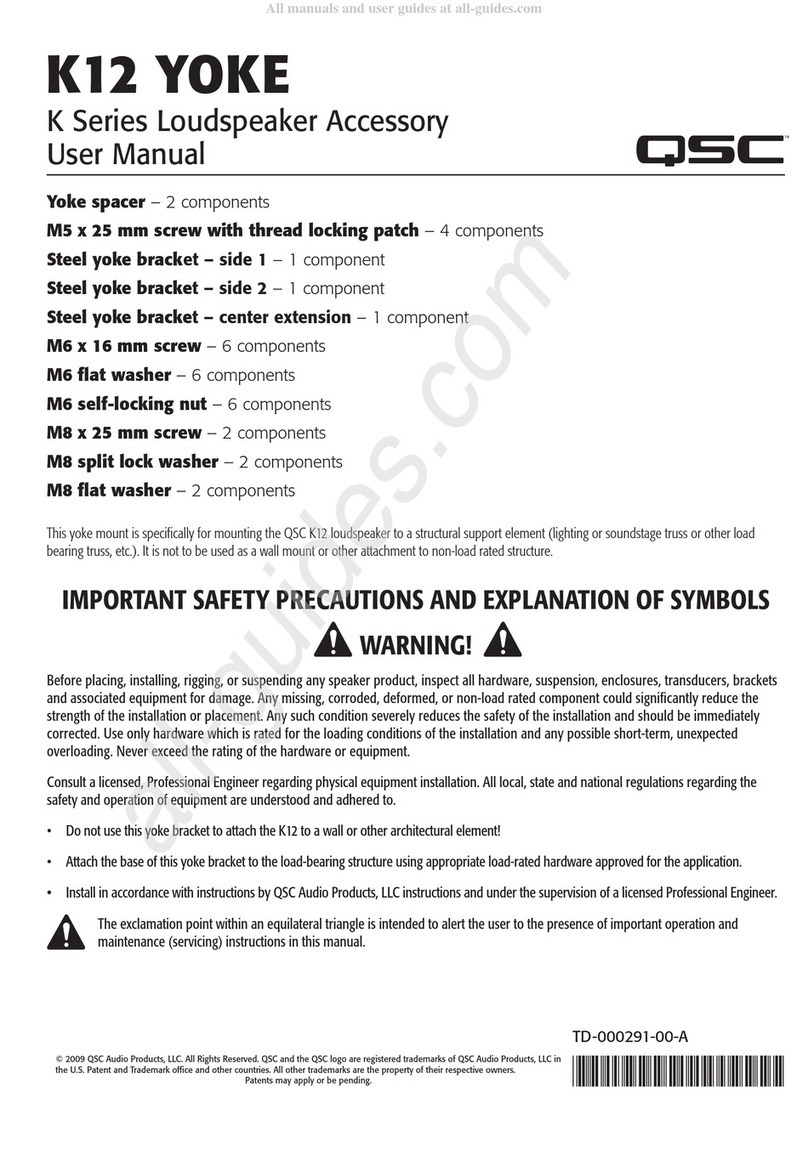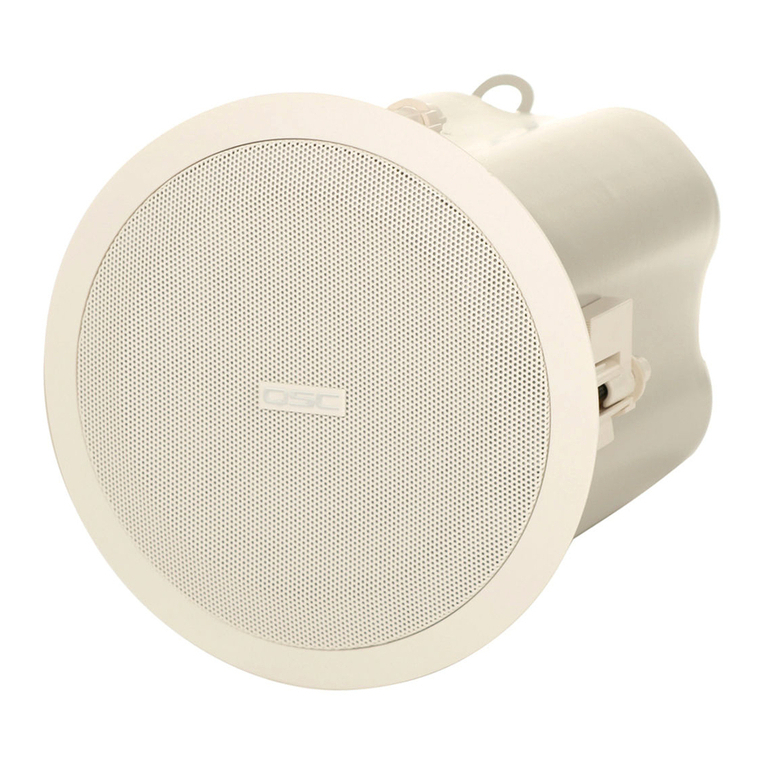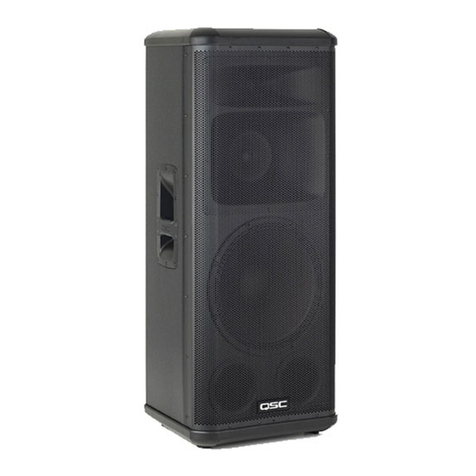
Stacking over a Subwoofer(s) ................................................................................23
LA108 Loudspeaker ..............................................................................................23
LA112 Loudspeaker ...............................................................................................23
Attaching an Array Frame and Stack Adapter Kit to a Subwoofer ..........................................................24
Attaching a Loudspeaker to a Subwoofer .............................................................................25
Detaching a Loudspeaker from a Subwoofer...........................................................................26
Stacking an Array of Loudspeakers on a Subwoofer.....................................................................26
Splay Angle Adjustment for a Subwoofer Stack ........................................................................27
Decreasing Angle ................................................................................................27
Increasing Angle .................................................................................................27
Front Fill (Stage-Lip) ........................................................................................27
Ground Stack .............................................................................................28
Preparing an Array Frame and Stack Adapter Kit for a Ground Stack.......................................................28
Attaching a Loudspeaker to an Array Frame for a Ground Stack...........................................................29
Detaching a Loudspeaker from an Array Frame for a Ground Stack ........................................................29
Stacking an Array of Loudspeakers for a Ground Stack ..................................................................29
Splay Angle Adjustment for Ground Stack.............................................................................30
Decreasing Angle ................................................................................................30
Increasing Angle .................................................................................................31
Horizontal Array...........................................................................................31
Stacked Horizontal Array ..........................................................................................32
Splay Angle Adjustment for Stacked Horizontal Array ...................................................................33
Detaching Loudspeakers from a Stacked Horizontal Array................................................................33
Flown Deployment ....................................................................................34
Flown Deployment with an Array Frame ........................................................................34
Array Frame Pre-Assembly.........................................................................................34
Array Frame Attachment Preparation.................................................................................34
Attaching a Loudspeaker to the Array Frame ..........................................................................34
Attaching Loudspeakers for an Array.................................................................................35
Detaching Loudspeakers from an Array...............................................................................35
Detaching a Loudspeaker from the Array Frame ........................................................................36
Splay Angle Adjustment for Flown Deployment.........................................................................36
Decreasing Angle ................................................................................................36
Increasing Angle .................................................................................................36
Pick-Point Deployment ......................................................................................37
Single Pick-Point Deployment .......................................................................................37
Bridle Deployment................................................................................................37
Adjusting the Tilt Angle of the Array on a Pick-Point Deployment...........................................................37
Optional Eyebolt .................................................................................................37
Rear Panel Connections ................................................................................38
System Power .............................................................................................38
AC Mains Connections ......................................................................................39
Connecting to AC Mains ..........................................................................................39
Daisy-Chaining with Power Cable Jumpers ............................................................................39
Compatible QSC Accessories ..................................................................................39
Daisy-Chaining Procedure .........................................................................................40

